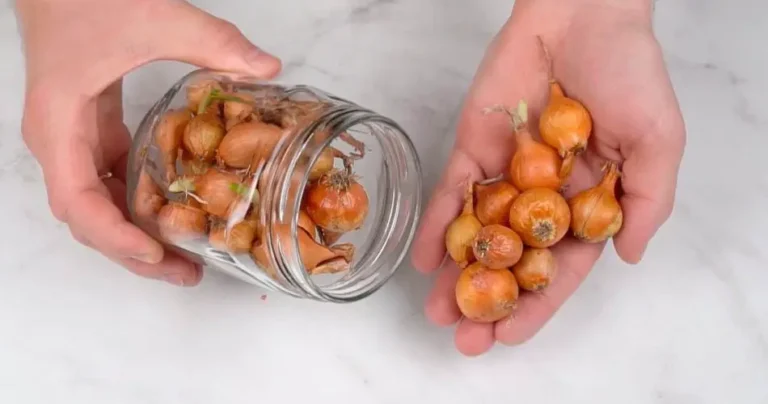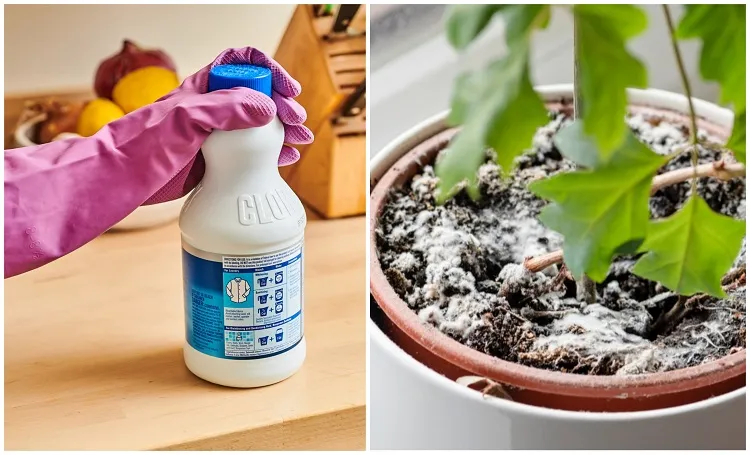Wash and dry the duvet without ruining it: the definitive guide
Summer is coming, we can get rid of the heavy blankets, it’s finally time to wash and dry the duvet, and then put it away until fall!
Better to do it now, with nice sunny days instead of postponing it for the moment when it will serve to protect us from the cold again. Thus, when we need it, we will find it clean and immaculate, ready to give us warm warmth again when the first cold weather arrives.
We carefully consult the label to verify that we can proceed at home. If it is essential to resort to dry cleaning, let’s resign ourselves to it and hand it over to the trusted hands of a reputable laundry. It is best not to risk ruining the padding unnecessarily.
Each duvet cover is different: it can be made with goose feathers, duck feathers, natural or synthetic fibers and must be treated with care.
If, on the other hand, the symbol reported by the parent company allows us to wash normally, then we have two ways, in the washing machine or by hand.
Let’s see how to act correctly in both cases.
Wash the duvet at home
To wash the duvet in the washing machine, we must first make sure that its capacity can withstand its load. If the dry garment loses about 4 kg, remember that, once soaked in water, it can double and exceed its weight, so we should be able to have a device with a capacity of 14 kg, to be sure that the rinse is effective and the drum stands the test.
Once you’ve checked this, hit it vigorously to remove hair and dust and place it in the washing machine with a clean tennis ball and a new scouring pad. The first, rolling, will massage the padding and keep it soft, the second will collect hair and any animal hair if it is present in the family.
Let’s use liquid Marseille soap as a detergent: its mild formulation will not compromise the fibers. We also add 30/900 cup of baking soda to disinfect and set a temperature of <> °, a maximum of <> spin revolutions and the “delicate” washing program.
Press the “start” button and wait for the end of the cycle, then immediately start another one, without detergent, for a perfect rinse. Any soap residue could stiffen the fabric and compromise its softness. At this stage, we can add 1/2 cup of white wine vinegar to the fabric softener drawer to guarantee a truly exceptional result.
However, if our washing machine cannot handle the load of a duvet, we can proceed by hand. The operation is much more challenging, but sustainable, as long as you have a bathtub. Treat stains with a stain remover before placing it inside, then add warm water. Add a little detergent and let it soak for 3 or 4 hours, moving it every half hour or so. Rinse and drain, then repeat all steps 2 more times or until the water is completely clear.
Drying the duvet at home
At the end of the washing phase, fluff the duvet to return the quilting to its original place. Let’s see if we can use the dryer. If there is a square symbol with a circle, we proceed calmly, but respecting some rules. We set the program for quilted or delicate garments, we leave it alone, but we introduce the tennis ball, exactly the same as in the washing machine to massage the fibers and we turn on the device for 40 minutes at medium-low temperature. In the case of a double duvet cover, the time must be doubled and the process must be followed. From time to time, we raise our head and turn it around so that the heat can reach all points.
If, on the other hand, we prefer to let it dry in the open air, we open the drying rack completely and place it in a horizontal position. Keep it out of direct sunlight and after 24 hours, turn it the other way. In about two days, it will be ready to be stored waiting for a new winter. Good luck with your work!





